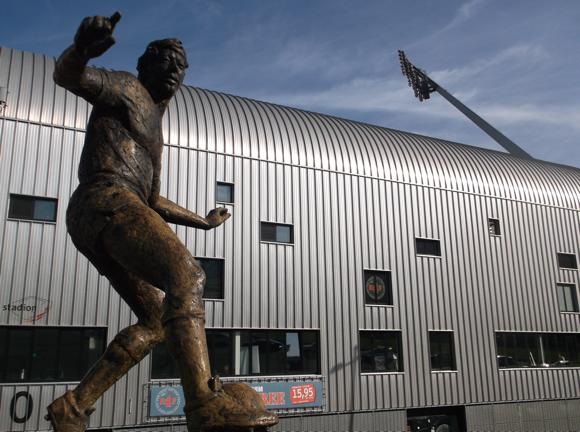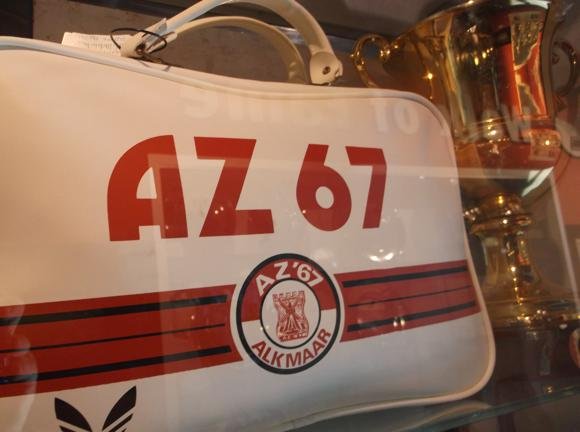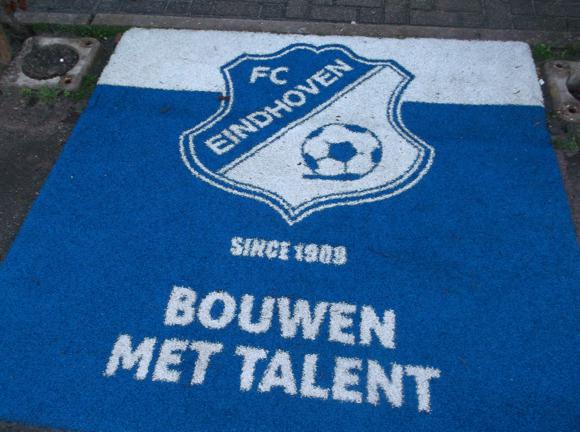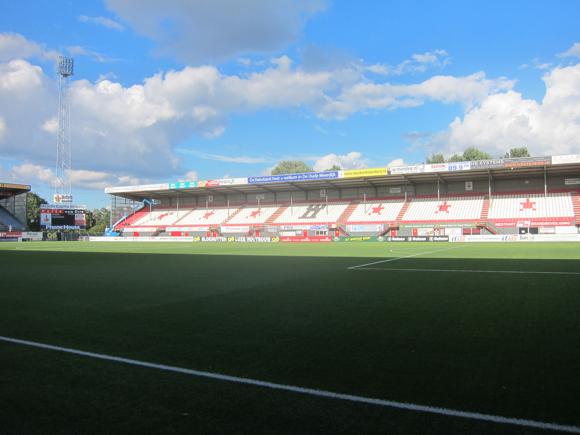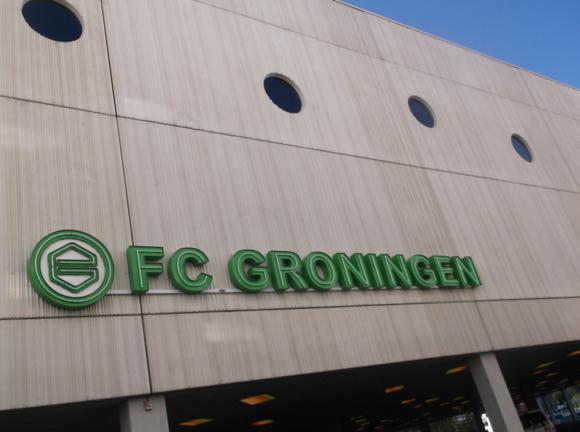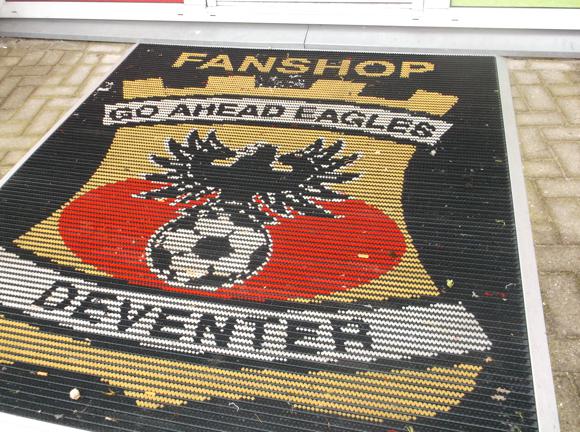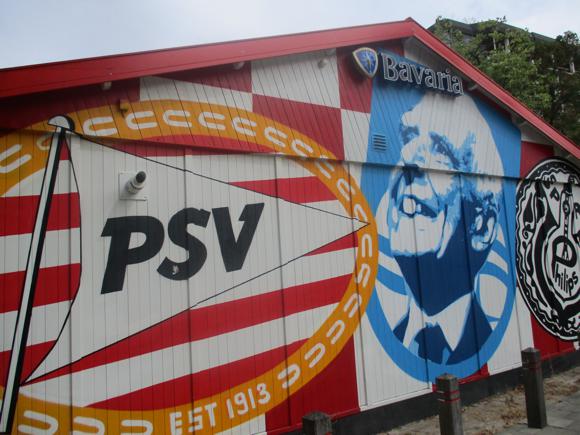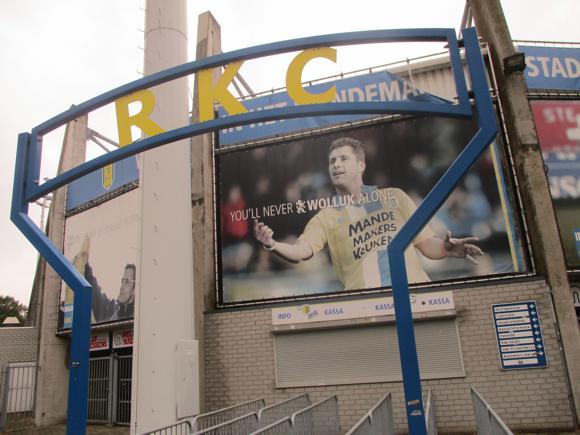A fan’s guide – the club from early doors to today
Returning to the top-flight Eredivisie in 2017, NAC Breda are arguably the most passionately supported club in the Netherlands outside of the Big Three.
No fan still alive will have witnessed NAC’s only title win so far, that of 1921, although it did involve Antoon ‘Rat’ Verlegh, whose name lives on in many ways.
One of the most influential Dutch players, coaches and administrators of the pre-war era, Rat Verlegh was a one-club man whose 40-year service to Breda was recognised when the new-build stadium adopted his nickname in 2006. Among the club’s many nicknames is De Ratten, ‘The Rats’.

As a boy, Verlegh played for NOAD, who would merge with ADVENDO to form NAC in 1912. Then 16, Verlegh was soon a member of the NAC first team that broke Willem II’s monopoly of the Erste Klasse Zuid in the immediate aftermath of World War I.
In 1920-21, after a defeat-free campaign at regional level, NAC again made the four-team Kampioenscompetitie play-off, beating Be Quick of Groningen to the national title. A year later, one point separated the Breda side from the successful defence of their crown.
Though Feyenoord and Ajax would soon dominate at national level, NAC and rivals Willem II from nearby Tilburg would set the pace down south until PSV Eindhoven gained prominence. NAC at least had enough clout to attract to managers from England, one, Jimmy Moore, previously on the winning side for Barnsley in the replayed FA Cup final of 1912.

Verlegh’s captain’s role was taken over by Cor Kools, another one-club man and member of the Dutch squad for the 1928 Olympic tournament in Amsterdam. Later long-term manager at NAC, Kools was in charge when the club built its own stadium on Heuvelstraat in suburban Princenhage, and when it returned to the city in 1940, to Beatrixstraat.
The NAC Stadion witnessed the club’s switch from Verlegh-era amateurism to becoming a professional operation in the all-in-one nationwide Eredivisie. Though mid-table for most of the modern era, even lower-flight for eight straight seasons from the mid-1980s, NAC played to lively, numerous crowds as capacity was expanded to 20,000.
NAC took 25,000 to the 1973 final of the Dutch Cup in Rotterdam, the 2-0 win over NEC Nijmegen granting the club its only major silverware in modern times. Two years later, many of these fans began squeezing into the NAC Stadion for Saturday-night football, floodlit league games that stoked the fires of a fierce home end known as the Avondje (‘Evening’) NAC.

With the club’s Yellow Army in thrall to later Celtic and Nottingham Forest striker Pierre van Hooijdonk, cup runs to the semi-final and European football on the horizon, the now reduced-capacity NAC Stadion was no longer suitable. Rather than try and expand the old ground from its size of 12,500, NAC decided to site a new stadium on the outskirts of town.
Built at a cost of €13 million, the FUJIFILM Stadium was opened a year after van Hooijdonk’s departure to Celtic Park in 1995. With the subsequent dip in form, 1999 saw NAC relegated – at the same time that Willem II qualified for the Champions League.
Still deeply indebted with stadium construction costs, the club underwent a radical restructure, gained promotion at first attempt and qualified for Europe under Henk ten Cate in 2003.

Behind the scenes, the club still faced considerable financial hardship and was forced to sell the stadium to the City. In gratitude, it changed its name to NAC Breda, the team that faced Newcastle in the UEFA Cup, a tie settled with a 5-0 whitewash at St James’ Park in the first leg.
Under 1978 World Cup star Ernie Brandts, Breda reached the unprecedented heights of the Champions League play-offs in 2008, coupled with a second consecutive run to the cup semi-finals.
Heavily defeated by Twente Enschede, then failing to qualify for the UEFA Cup, Breda controversially sacked Brandts and promoted his assistant Robert Maaskant. With Ghanaian international Matthew Amoah still scoring spectacular goals, NAC stayed in contention and surpassed themselves in the European play-offs of 2009. Wins over Feyenoord and Groningen set up a mini-run in the Europa League tie that ended with defeat to Villarreal, Santi Cazorla, Robert Pirès and all.
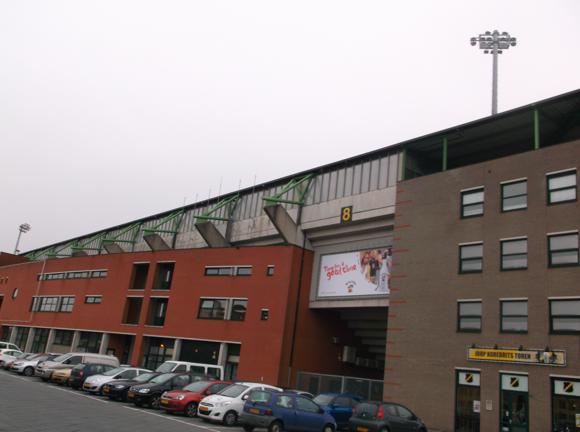
With stadium improvement and expansion to 19,000 capacity, budget cuts and a thin squad led to relegation in 2015, after 15 straight seasons in the top tier. Facing eternal rivals Willem II in the promotional play-off final, Breda won 2-1 thanks to a late strike in the first leg, only to fall to a 3-1 defeat in Tilburg.
A year later, there was no mistake, NEC the victims as Cyriel Dessers claimed a play-off hat-trick in Nijmegen.
Bolstered by players such as Pablo Marí and Manu García, Spaniards from Manchester City in a wide-reaching loan arrangement between the two clubs, NAC maintained their Eredivisie status in 2017-18 under former Belgian international defender Stijn Vreven. Former Motherwell favourite Mitchell van der Gaag took over for 2018-19 with young Spaniard and City exile Paolo Fernandes key to his midfield.
Stadium Guide
The field of dreams – and the stands around it
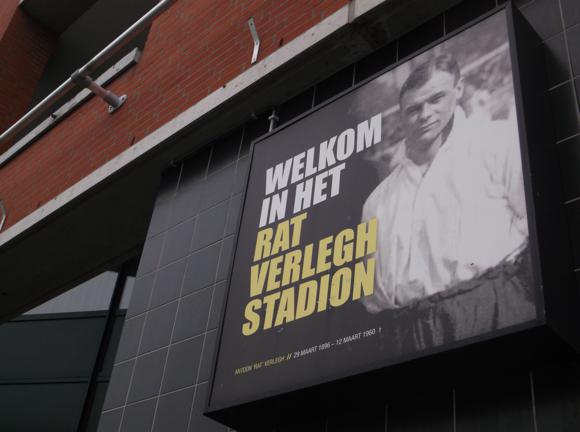
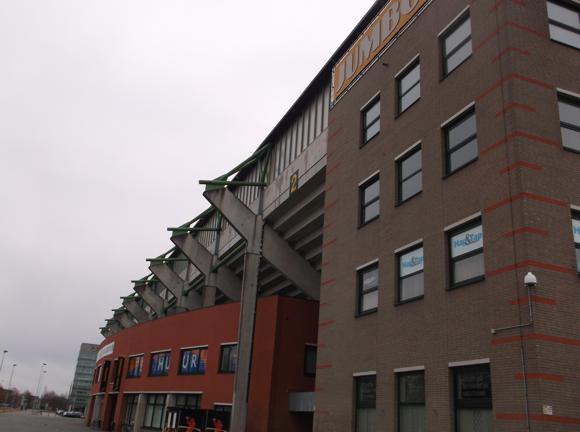

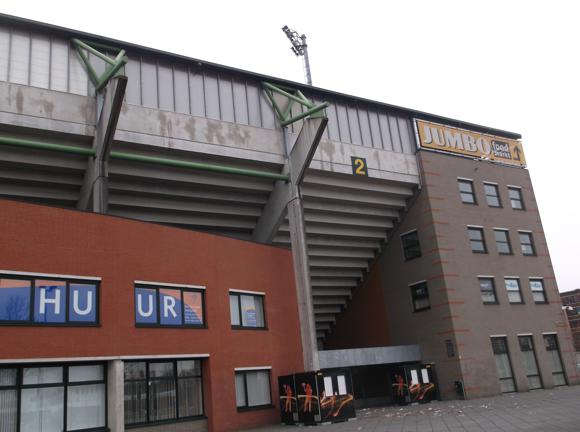

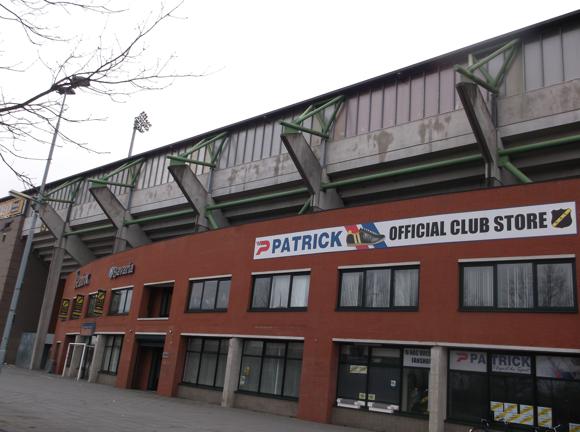

Renamed the Rat Verlegh Stadion in 2006, Breda’s home ground is a compact, 19,000-capacity arena with 1,500 standing places for domestic fixtures.
The most fanatical NAC fans occupy the B-Side, Vak E behind the north goal on main Lunetstraat. Behind is the supporters’ bar. Supporters in the opposite end create an echo chant effect, offset by whatever noise can be mustered by visiting followers alongside in sectors H/I in corner (Hoek) 4 of the Zuidtribune.
The main stand, Hooftribune, is split into three tiers with a dividing row of business seats. The single-level Eretribune runs along the opposite sideline.
getting there
Going to the stadium – tips and timings

The Rat Verlegh has its own Stadion stop on the 2 bus from Breda rail terminus. Exiting the station, veer right and head for the furthest bus stop, Perron J. Buses leave every 15mins Mon-Fri, every 30mins Sat & Sun. Journey time is 12mins.
To walk from the station would take about 25mins, keeping on the north side of the canal then right up Lunetstraat.
getting in
Buying tickets – when, where, how and how much

After promotion in 2017, availability for many home games became pretty limited. Games against Ajax, Feyenoord and PSV, and local rivals Willem II, are also club-card only. Capacity of the Rat Verlegh is 19,000 – average gate for 2017-18 was just under 18,500.
The NAC clubcard is free but distribution is to a Dutch postal address. You will also have to send a photocopy of your passport. For all information, email ticketing@nac.nl or call +31 76 521 4500.
Advance sales take place two weeks in advance online. Also check with the club’s online ticket link for details of any match-day sales from the Service- & Informatiedesk (Mon-Fri 9am-5pm) or Kassaverkoop on Lunetstraat.
For most fixtures in 2018-19, prices are set at around €20 for the B-Side and Vak G behind the goals (under-18s & over-65s €15), €25 in the sideline Eretribune (reduced €11) and €30-€35 in the main Hoofdtribune (reduced €18-€20 for juniors, €25-€27 for seniors).
A premium is added for the most attractive fixtures.
what to buy
Shirts, kits, merchandise and gifts

The NAC Fanshop (Mon-Fri 1pm-5pm during the season, match days until 1hr after final whistle) is on Lunetstraat by the Service- & Informatiedesk.
Surprisingly modest considering Breda’s long-established fan culture – Willem II’s store is far more substantial – the outlet has just enough room for a few rails of yellow-and-black shirts, with a smaller selection of second-choice white varieties.
club Museum
Explore the club inside and out

The modest NAC Museum has been funded and assembled by Breda fans. Opening times are scheduled for Wednesday afternoons, 1pm-4pm, but email info@nacmuseum.nl for a special appointment.
New additions tend to be obtained at the whim of the auctioneer – in 2017 the museum put in a successful bid for a commemorative watch presented to Fanny Petit for winning the 1921 national title.
Where to Drink
Pre-match beers for fans and casual visitors

There are no outlets around the stadium, not even at the Stada Stores shopping centre alongside.
On match days, home fans gather at the Café Beatrix on Lunetstraat. Round the corner, well-heeled visitors are entertained at De Parel van het Zuiden (‘The Pearl of the South’), sponsors and friends at De Cordial.
Visiting supporters should drink in town – and remember that football in Breda is pretty partisan.


